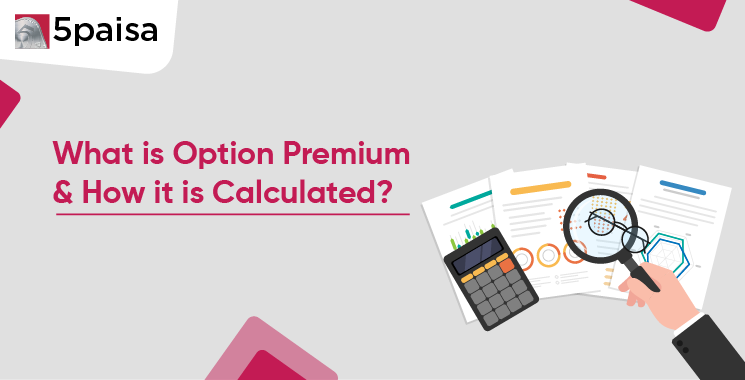Content
- What is Option Premium?
- Factors Affecting Option Premium Calculation
- How the Black-Scholes Model Helps Price Options
- Strike Price vs Option Premium
- Conclusion
Option trading isn’t just about taking bold positions—it’s also about knowing what you’re paying for. Whether you're a seasoned trader or just starting out, one term you’ll encounter early on is the option premium. It’s the price you pay to enter a trade, and understanding how it works can make all the difference. Without that clarity, gauging your true costs, risks, or potential returns becomes a guessing game.
In this article, we explore what is option premium, the elements that influence its value, and how models like Black-Scholes assist in calculating premium on options. By the end, you’ll have a solid foundation in understanding how the price of an option is determined and what it implies for both buyers and sellers.
More Articles to Explore
- Difference between NSDL and CDSL
- Lowest brokerage charges in India for online trading
- How to find your demat account number using PAN card
- What are bonus shares and how do they work?
- How to transfer shares from one demat account to another?
- What is BO ID?
- Open demat account without a PAN card - a complete guide
- What are DP charges?
- What is DP ID in a demat account
- How to transfer money from demat account to bank account
Disclaimer: Investment in securities market are subject to market risks, read all the related documents carefully before investing. For detailed disclaimer please Click here.
Frequently Asked Questions
No, the option premium is not fixed. It fluctuates continuously based on market conditions such as volatility, time to expiry, and underlying asset price.
Intrinsic value refers to the real, in-the-money value of an option. For a call, it’s the amount by which the stock price exceeds the strike price; for a put, it's the amount by which the strike exceeds the stock price.
Yes. If the option expires out-of-the-money, the entire premium paid is lost. That’s the maximum loss a buyer can face.
Buyers view the premium as the cost of acquiring a right, with potential for unlimited gain. Sellers see it as income earned upfront, taking on the obligation in case the buyer exercises the option.
Yes, it is. Although both use the same calculation principles, call and put premiums vary depending on market expectations, direction, and implied volatility.



